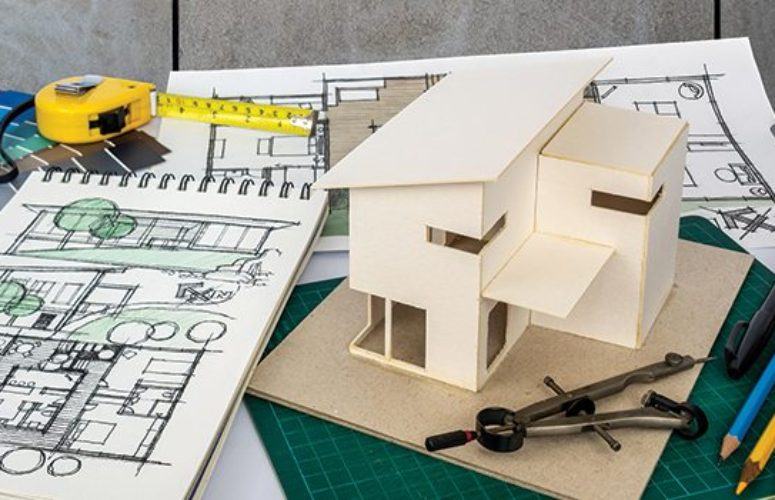
New Jersey Banks Give a ‘Lending’ Hand
Banks are active and involved members of the communities they serve.
By John E. McWeeney, Jr., President & CEO, NJBankers On Jul 27, 2015As we head into summer, lending activity is heating up at New Jersey’s banks. The most recent FDIC data indicates a steady increase in outstanding loans for New Jersey banks over each of the past four quarters, totaling $6.1 billion (for a 6.3 percent increase over the period). Anecdotal data in conversations with bankers indicates that that trend is continuing into the summer. While 1-4 family loans slowly declined due to the heavy refinancing activity in recent years, all other categories, especially commercial real estate and multifamily loans, continue to grow. New Jersey banks finance many different types of borrowers and projects and often partner with other lenders to meet the needs of their customers.
They are active and involved members of the communities they serve, and they are committed to driving local housing growth and community development.
For example, the Federal Home Loan Bank of New York (FHLBNY), the Congressionally chartered cooperative that counts 116 New Jersey institutions as members, sees this commitment reflected in its members’ use of its housing programs. Over the past 25 years, the FHLBNY has partnered with its members on 457 Affordable Housing Program grants in New Jersey, awarding nearly $150 million in grant funding in the Garden State. These grants have helped finance projects that have created or preserved nearly 19,000 affordable homes. This partnership between the FHLBNY and its members is also building strong homeownership bonds in New Jersey. Through the FHLBNY’s First Home Clubsm, a grant program that provides down payment and closing cost assistance, New Jersey members have awarded $4.5 million in funding, creating 748 first-time homeowners in New Jersey. The Affordable Housing Program and the First Home Club are both very successful housing programs, and in New Jersey, this success is driven by local lenders’ commitment to the communities they serve.
New Jersey Community Capital (NJCC) is another example of a partnership. NJCC is a 27-year-old nonprofit community development financial institution that provides capital and technical assistance to support community revitalization efforts across the state. NJCC partners with community banks to finance high-impact neighborhood projects. For example, Valley National Bank (VNB) and Enterprise Community Loan Fund purchased loan participations in a construction loan for a $6.5-million early care center located in a Hope VI development in Paterson. The facility is scheduled to serve 192 predominantly low-income students in 24,500 square feet of high quality education space. The sale of loan participations to banking partners helps NJCC to support larger scale projects that can catalyze neighborhood change.
In order to help lower the cost of borrowing for businesses, the New Jersey Economic Development Authority (EDA) works with over 30 banks, providing loan participations or guarantees. Banks that have been approved by the EDA for Premier Lender status benefit from reduced risk. The streamlined process involves the EDA approving finance applications in as early as three to five business days, the result of which speeds the flow of capital to businesses. The EDA can participate in up to 50 percent of a bank loan for fixed assets (up to $2 million) or working capital (up to $750,000); the maximum guarantee for fixed assets and working capital is $1.5 million.
Given their strong partnerships, capital and liquidity positions, along with an appetite to lend and increased loan demand, there’s every reason to be optimistic that New Jersey banks will continue to lend in support of New Jersey’s economy.
Related Articles:






